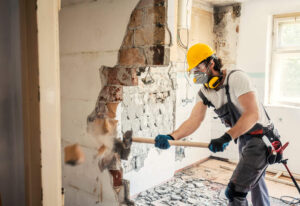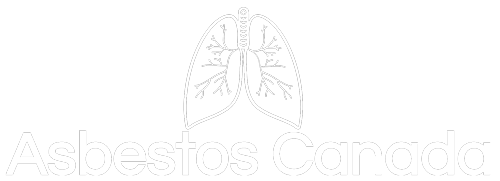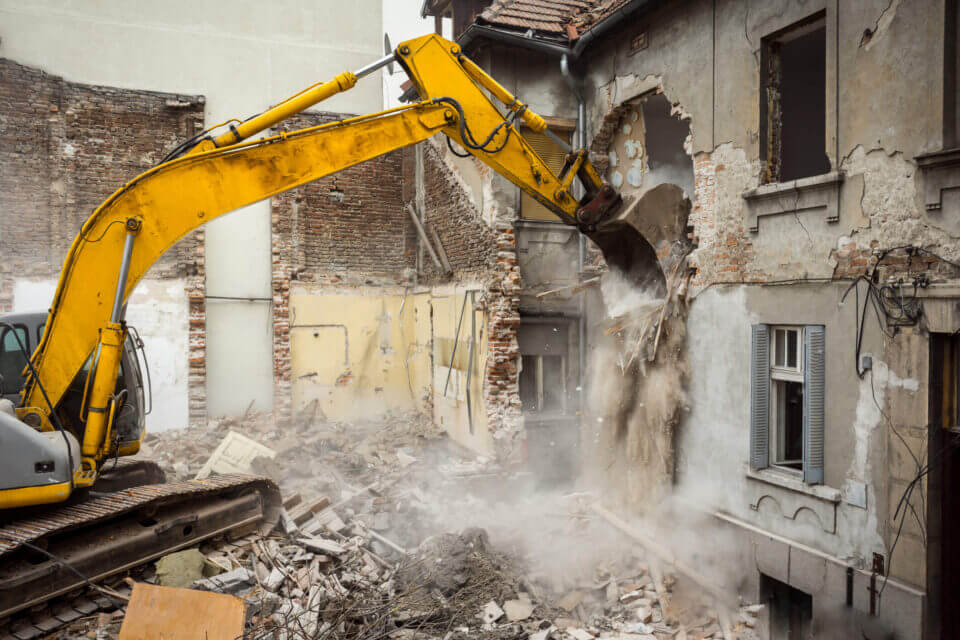How Can Asbestos be Safely Removed From a Home?
The Nature of Asbestos
Asbestos is a collective term for six naturally occurring minerals, including chrysotile, amosite, crocidolite, tremolite, anthophyllite, and actinolite. Asbestos fibers are incredibly durable, heat-resistant, and resistant to chemical degradation, which made them desirable for a wide range of industrial and construction applications. They were used in numerous products, such as insulation, roofing, flooring, and brake linings.

However, when disturbed, asbestos fibers can become airborne and linger for extended periods, posing a grave threat to those exposed. It is this fact that has relegated asbestos from being considered a valuable material with many uses to being recognized as a notorious health hazard. Exposure to asbestos fibers can lead to a range of serious and often fatal diseases, including asbestosis, lung cancer, and mesothelioma.
Asbestos in Homes
Many older homes constructed before the 1980s were built with asbestos-containing materials (ACMs) that continue to be present in those homes to this day, such as insulation and floor tiles.
Whether these materials should be removed from the home, however, depends on their condition and their location. Asbestos-containing materials are not inherently dangerous if they are in good condition and remain undisturbed. It is when ACMs deteriorate, or if there is a potential for disturbance during renovation or repair work, that removal becomes a consideration.
DIY vs. Professional Asbestos Removal
Homeowners should not consider removing asbestos whatsoever. Many people think they can do it themselves if it involves removal of what are called “non-friable” asbestos materials, or asbestos-containing materials that cannot be pulverized with the human hand. However, homeowners are putting themselves and others in danger who choose this route. Removal of asbestos must be done by professional who adhere to stringent safety guidelines, which include wearing the necessary personal protective equipment (PPE), adequately wetting asbestos materials to prevent fiber release, and working in a controlled manner to minimize breakage. Proper containment, cleanup, and disposal of asbestos waste are all essential. Improper disposal of asbestos materials can lead to hefty fines and even possible jail time.
It is highly recommended that homeowners enlist the services of professional asbestos abatement companies. These companies have the equipment, knowledge and experience to handle asbestos safely. They use specialized tools and protective gear, such as high-efficiency particulate air (HEPA) filtered respirators, disposable coveralls, gloves, and eye protection, and they’re well-versed in industry standards, legal requirements, and safety protocols to ensure that asbestos fiber release is contained to the extent possible.
Legal Regulations and Permits
Canadian governments at both the federal and provincial level have implemented a number of regulations regarding asbestos abatement and removal.
Federal Regulations
Federal regulations governing asbestos abatement and removal are found in the Canada Occupational Health and Safety Regulations (COHSR). The COHSR sets out minimum requirements for employers to protect their workers from exposure to asbestos. These include that employers must:
• develop and implement an asbestos management plan
• provide training to workers on asbestos hazards and safe work practices
• use proper engineering controls and personal protective equipment (PPE) to minimize worker exposure to asbestos
• dispose of asbestos waste properly
Provincial Regulations
Each province and Territory in Canada also has its own regulations governing asbestos abatement and removal. Although these vary slightly from province to province, they generally follow the same principles as the federal regulations.
• In Ontario the Asbestos Management on Construction Projects Regulation requires all construction projects that involve asbestos to have an asbestos management plan.
• In British Columbia, the Asbestos Abatement Regulation requires all asbestos abatement contractors to be licensed by WorkSafeBC.
• In Quebec, the Regulation respecting the health and safety of workers exposed to asbestos sets out specific requirements for employers to protect their workers from exposure to asbestos.
How to Comply with Asbestos Abatement and Removal Regulations
The surest way to comply with all asbestos abatement and removal regulations is to hire a qualified asbestos removal contractor. A qualified contractor will have the training and experience necessary to remove asbestos safely and effectively.
Here are some tips for choosing the right asbestos removal contractor:
• make sure that the contractor is licensed and insured.
• ask for references from previous customers.
• get a written contract that outlines the scope of work and the cost of the job.
• make sure the contractor has a plan for disposing of asbestos waste properly.
Health Risks Associated With Asbestos Removal
Asbestos removal is not without health risks, regardless of whether it’s done professionally or as a DIY project. Exposure to asbestos fibers, even at low levels, can have long-term health consequences. The latency period between asbestos exposure and the development of related diseases can be significant, sometimes spanning decades, making the risks less immediately apparent.
Health risks associated with asbestos exposure include:
1. Asbestosis. A progressive scarring of the lung tissue caused by inhaling asbestos fibers, leading to impaired lung function, shortness of breath, and persistent cough.
2. Lung Cancer. Asbestos exposure is a known cause of lung cancer, with smokers being at a particularly elevated risk when exposed to asbestos.
3. Mesothelioma. A rare and aggressive cancer that primarily affects the lining of the lungs, abdomen, or heart, almost exclusively linked to asbestos exposure.
4. Other Respiratory Conditions. Asbestos exposure can lead to non-malignant lung conditions, including pleural plaques and pleural effusion.
It is essential to consider these health risks when deciding whether you should have a professional remove asbestos from your home. Even when all precautions are taken, there is no way to completely eliminate the risk of exposure during the removal process. You should weigh the necessity of removal against the potential health hazards and long-term implications.
Environmental Impact
Asbestos waste must be carefully contained, packaged, and disposed of in accordance with environmental regulations to prevent contamination and harm to the ecosystem. This includes using designated disposal facilities that can handle asbestos waste safely.
Go Pro
When it comes to large-scale or complex asbestos removal projects, or when dealing with friable asbestos, professional asbestos abatement is the safest and most recommended option. These licensed and certified experts possess the necessary knowledge and equipment to handle asbestos removal safely and keep you out of health and legal trouble.
If you have questions about the legal aspects of asbestos removal, you should call Asbestos Canada. We are trustworthy Canadian mesothelioma lawyers that put your needs first. Contact Asbestos Canada today to learn more.



